Welcome to the chessboard, strategists and tacticians alike! Have you ever faced the bold King’s Gambit and found yourself unsure how to proceed? Fret not, because today we’re diving deep into countering this classic and aggressive opening. Whether you’re a fan of the sharp lines it creates or simply looking to expand your defensive playbook, this post is your gateway to staying cool under the chessboard pressure.
Let’s set the stage: White opens with 1.e4 e5, the board balanced and your pieces eyeing the center. Suddenly, White throws a curveball – 2.f4. Boom – that’s the King’s Gambit – a sacrificial gambit where White offers up the f4 pawn to gain rapid development and take control of the center.

It’s enticing to snatch that free pawn, isn’t it? But hold your horses—grabbing on f4 can be a slippery slope if you’re not well-versed in the treacherous paths it leads to. White’s giving a pawn away for a sneaky cause: counterplay. They’re hungry for center control and happy to do so.
Rather than navigating the murky waters of the classical King’s Gambit Accepted, I lean towards a feistier response—3…d5, striking at White’s center and flipping the script. This is known as the Falkbeer Counter Gambit, and it packs a punch.
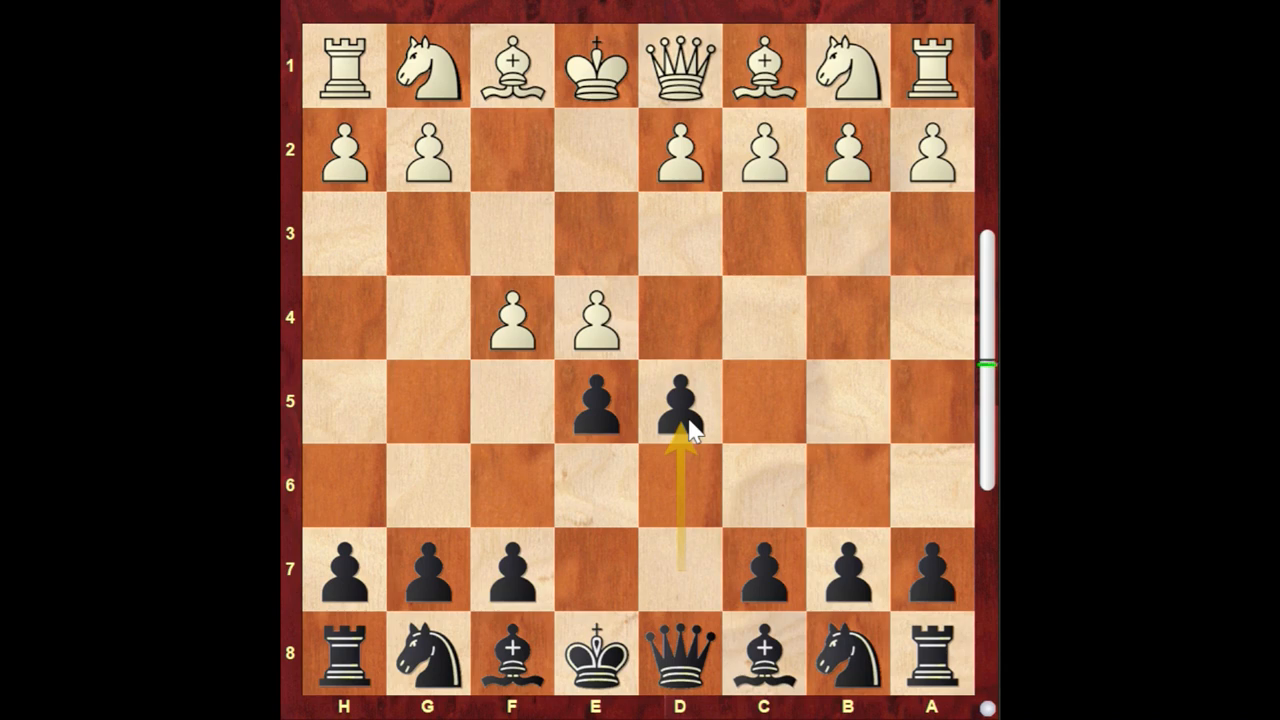
The move d5 is like a cheeky retort; you’re saying, “You threw the first jab, but I can hit back harder.” Now, White’s faced with a dilemma: to capture or not to capture? Here’s where it gets juicy—ponders and blunders await!

Cue the critical moment.
If White plays 3.exd5, you might think, “Wait, my queen can swoop into h4, delivering a check!” Patience is a virtue, my friend. You’re setting up a stealthy ambush by keeping that queen maneuver in your back pocket.

Instead, proceed with 3…Qxf6. This sly move controls g3, ensuring your subsequent Qh4 is undeniable—no g3 block by White’s pawn possible.
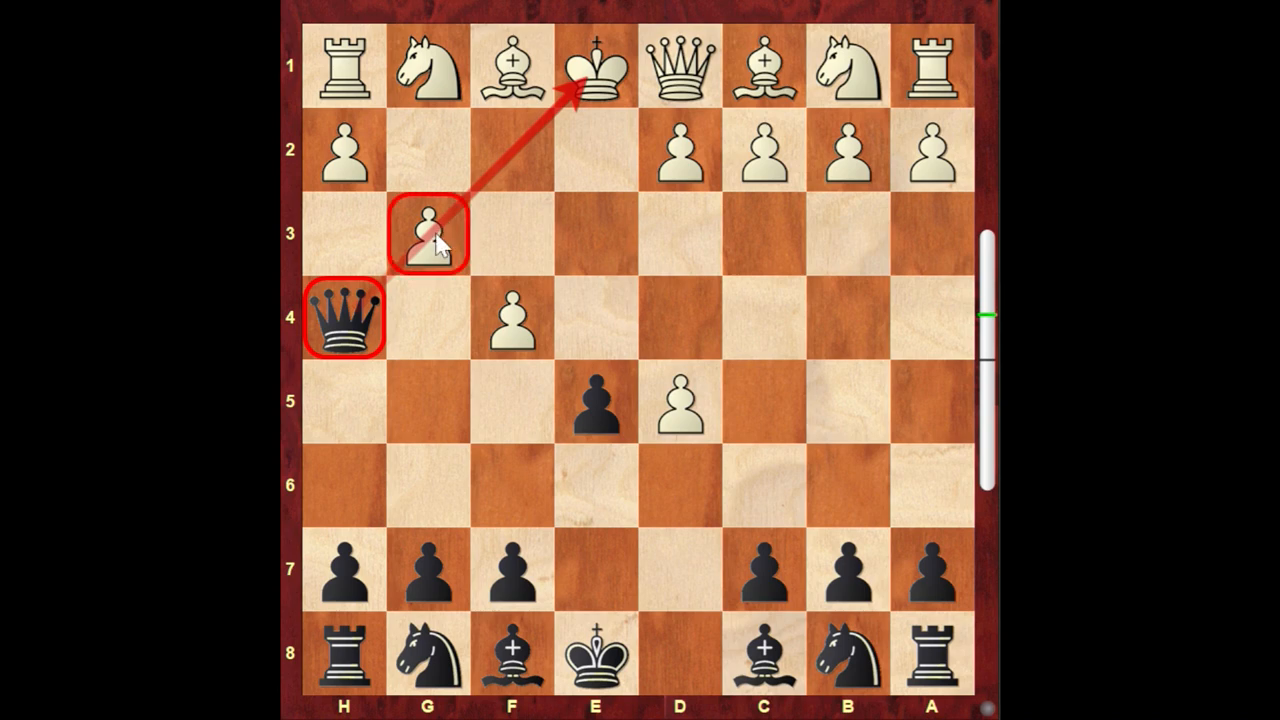
But what if White doesn’t capture? Well, that’s their blunder to discover. A quick example to illustrate: White’s misstep of 3.exf4? – Oh, dear. Black’s retort with Qh4+ is a nightmare realized. The only response, 4.g3, is measly defense, leading to a delightful fork where Black’s winning in spectacular fashion.

Now that you’ve traded pawns, White needs to prevent your queen from entering the party through h4. Thus, bishop and knights are deployed to fend off your aggressive intents. As you continue the dance with 4…Nf6, you’re not just attacking the pawn on d5 but also hinting at a queenly invasion.
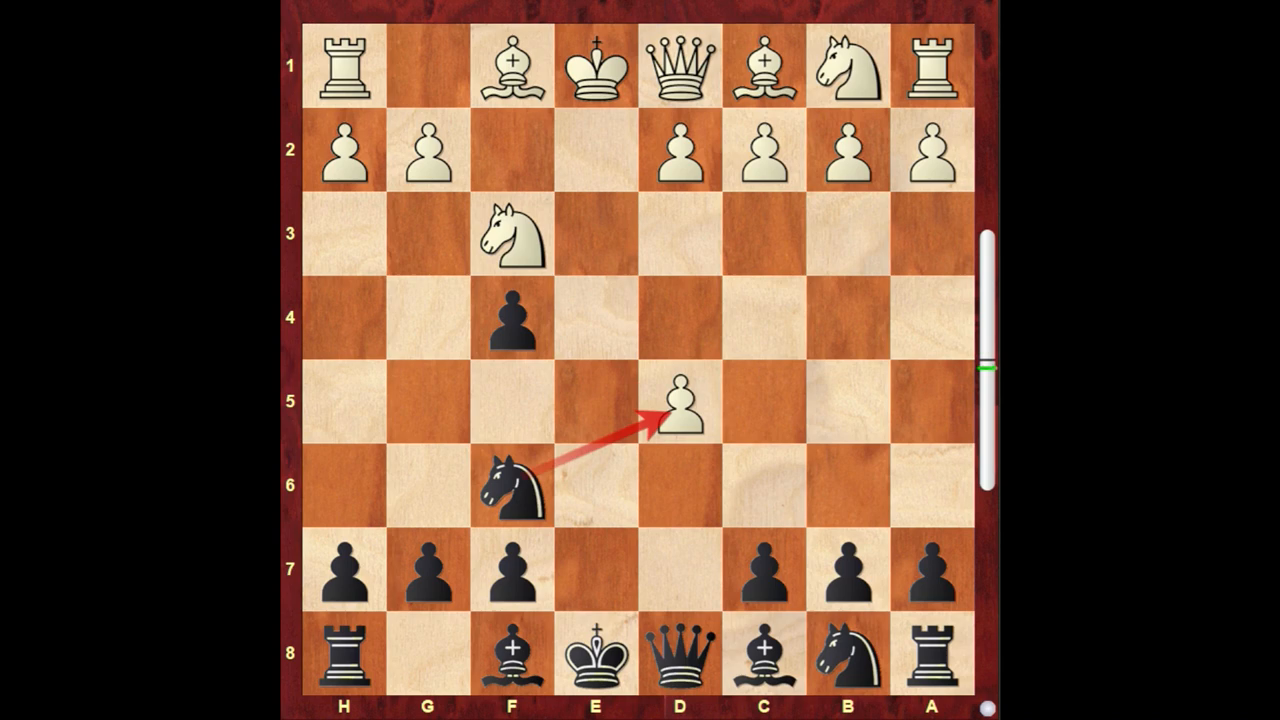
In the King’s Gambit, there’s no room for passivity. Your counter moves need to exude aggressiveness. If White tries to cement their pawn on d5 with 5.c4, you respond with the sturdy 5…c6. Battling for the center, keeping their king’s safety in check, and anticipating a potential pawn snap on d5.
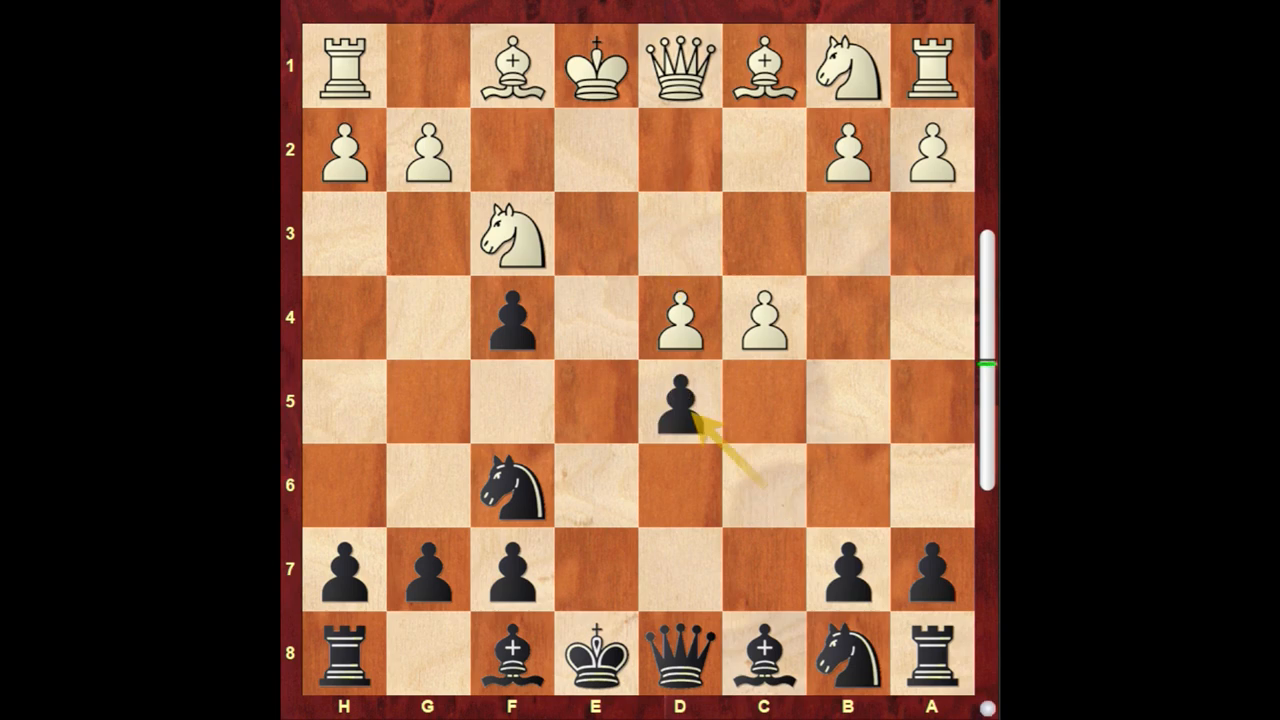
But let’s say White welcomes conflict with moves like Bb5+ or Bc4. Instead of cowering, we charge ahead with c6, striking at their check and preparing for the development of our knight. Pinned pieces, tactical traps with the bishop at d6, and a safe haven for your king are all part of your game plan.
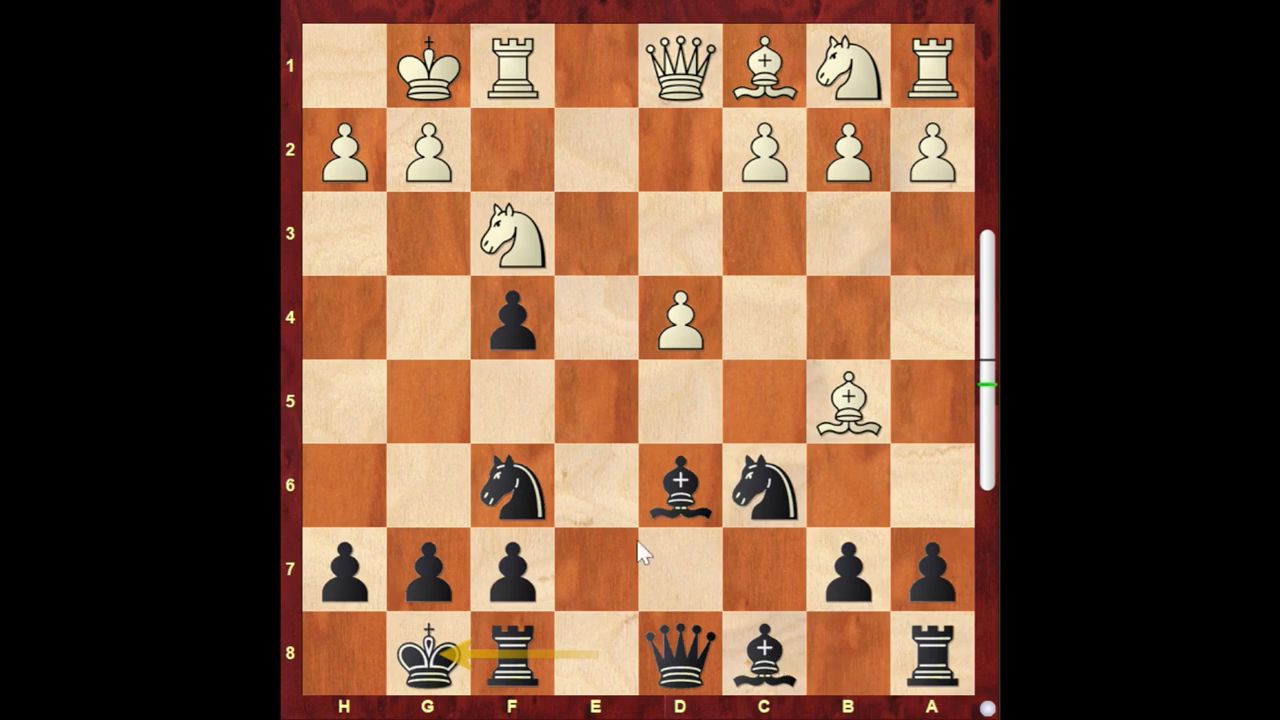
Blockquote:”Don’t be just a player, be a strategist. Every piece is a part of your grand plan.”
The journey through the King’s Gambit is a thrilling adventure—each move a deliberate step towards triumph. Develop, castle, and seize central control. Remember, our mission is clear: keep our monarch safe while disrupting our adversary’s peace of mind.
And there you have it, chess enthusiasts! Whether you’re weaving through a blitz game or pondering over a cup of coffee, these stratagems against the King’s Gambit will arm you for the battlefield. Wield them carefully and with conviction, for every move writes your victory’s tale.
Stay tuned as we delve deeper into the labyrinth of chess openings in future posts. Hit us with your favorite counters in the comments, and until our paths cross again over the 64 squares, keep your kings safe and your pawns daring.
Thanks for reading, and here’s to your next triumphant battle against the King’s Gambit!